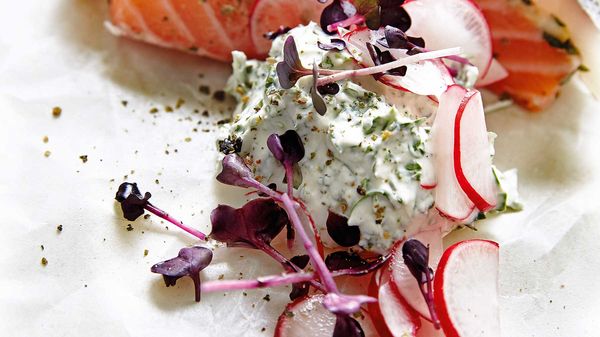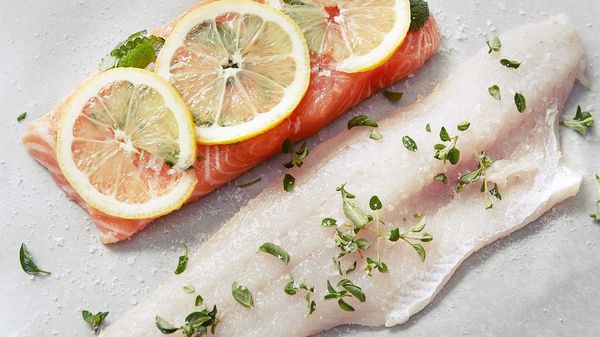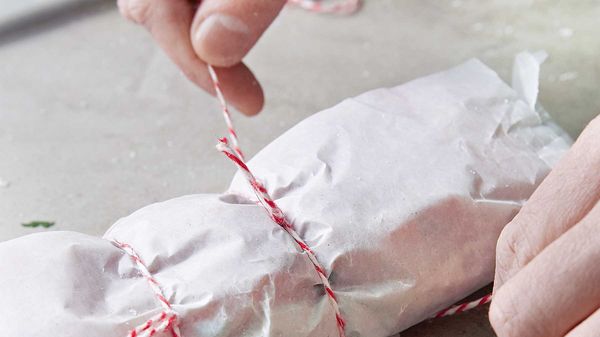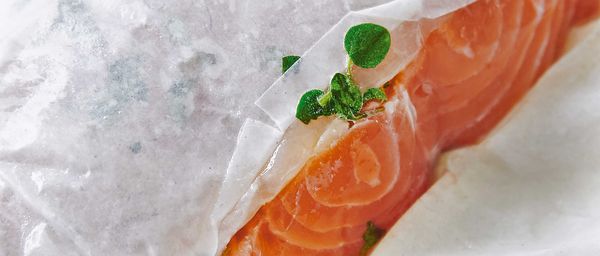
This traditional way of preserving meat and fish with salt, fresh herbs and spices used to be a matter of necessity. Now, it's all about flavour.

Who would have thought
that the recipe for a starter as luxurious as gravlax was actually developed hundreds of years ago as a matter of necessity? Fisherman, looking for ways to make their catch less perishable, would rub salt, herbs and spices into fish they had already gutted and cleaned on their boats and then bury them in the cold ground for a few days. We, of course, can replace the hole in the ground with our fridges, but the rest of the recipe for this dry cure has hardly changed since those less carefree days. Left in the middle part of the fridge, salt draws water out of the fish, changing its texture and making it keep for longer, while herbs and spices add a subtle flavour. This doesn’t just work for fish, either; meat, too, can be cured in this way with delicious results.

Step 1
Start by removing bones from the filet of fish. Then mix salt, sugar and seasonings, and spread this dry cure over the fish. For the best results, the mixture should have at least four percent salt; slices of lemon add to the effect of the salt on the sinews in the cut of fish; you can also add freshly-chopped herbs and spices on top of the mixture.

Step 2
Next, pile up the cuts, wrap them up in waxed paper or cling film, tying them up tightly or placing a weight on top of them. Put them into a dish so that the liquid produced by the curing process can drain off. Leave the package in the bottom drawer of the fridge for 48 hours; if you are using the NEFF freshness system FreshSafe 2 or 3, we recommend the Dry Zone. At the 24-hour point, pour off the liquid and turn the fish. Cut into bite-sized pieces prior to serving.


